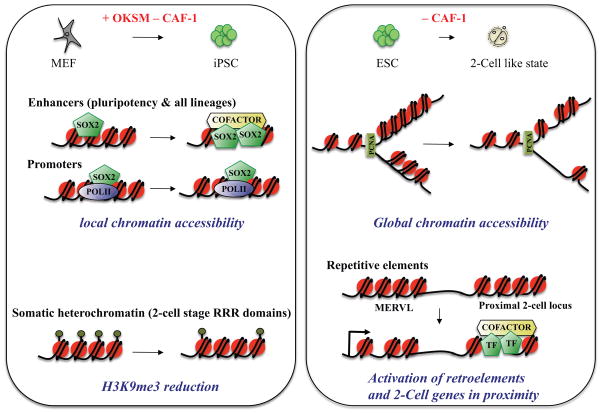Figure 4. Mechanisms by which suppression of CAF-1 facilitates acquisition of a pluripotent or totipotent-like state.
Shown are models of how CAF-1 modulation may influence chromatin accessibility and histone modifications over distinct chromatin domains. During the reprogramming of somatic cells to iPSCs, suppression of CAF-1 acts locally at enhancer elements, making them more accessible to transcription factor binding. CAF-1 suppression also results in a local reduction of the H3K9me3 silencing mark at 2-cell (2C) stage-associated “reprogramming resistant regions” (RRRs), which are normally repressed in somatic cells. During the conversion of ESCs to a 2C-like state upon CAF-1 suppression, chromatin becomes more accessible globally, resulting in activation of endogenous retro-elements, such as MERVL transcripts, and neighboring genes.

